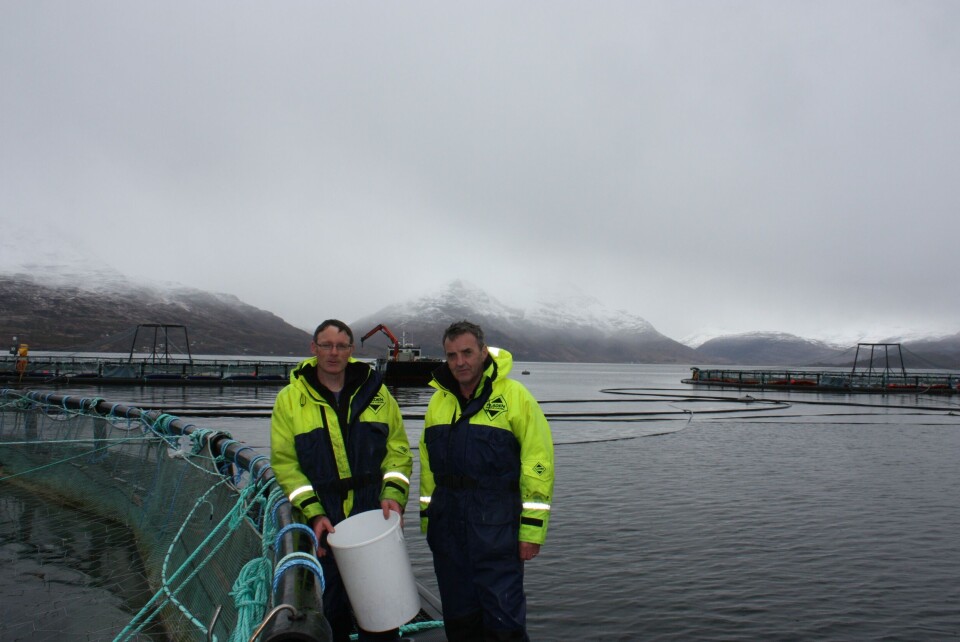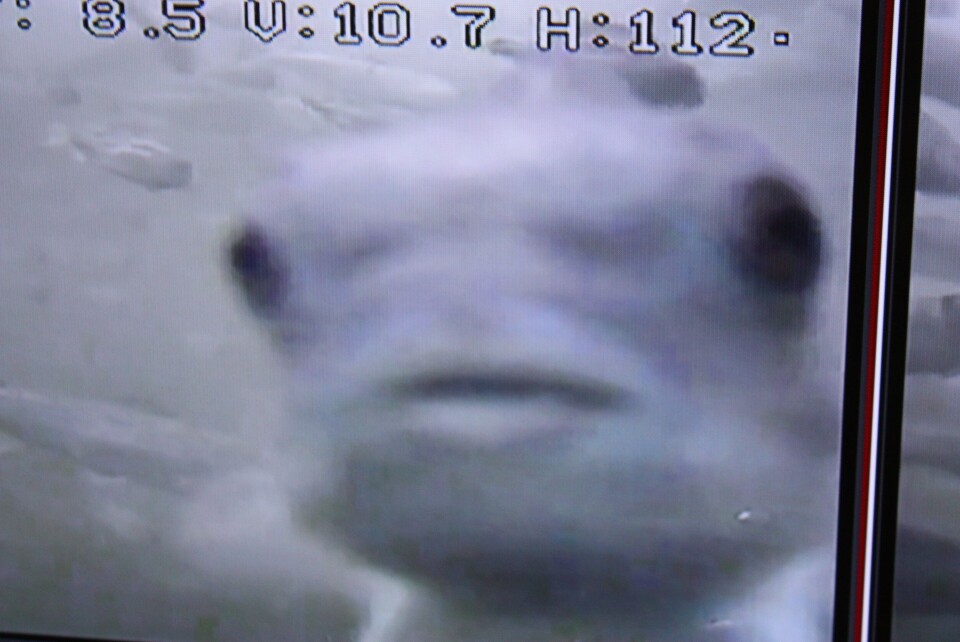
Cleaner fish set for Scottish roll-out
Marine Harvest intends to have all of its Scottish sites stocked with cleaner fish within a year.
Ronnie Hawkins, the company’s Cleanerfish Supervisor, told Fish Farming Expert that they “plan to have all sites stocked with cleaner fish by the second quarter of 2017.”
Ronnie is keen to keep momentum on the project going and, although the initiative has experienced difficulties in some locations, he has also achieved some impressive results.
Undoubtedly the company’s biggest triumphs to date have been close to the company’s Lochaber HQ – the success at Ronnie’s former site in Loch Leven has since been replicated at a further eight in Loch Linnhe and one in Loch Sunart.
“The need for any chemical treatments has been almost completely eradicated and a low density of cleaner fish – as low as 4% in some cases – has been sufficient to keep lice levels at bay at these sites,” says Ronnie.

“In Loch Leven, for example, other than in-feed treatments for chalimus, which wrasse don’t seem to eat, we’ve not needed to treat since 2011,” he adds.
As a result, the company intends to stock 2.5 million cleaner fish – “split 50/50 between wrasse and lumpfish, the former work better in summer and the latter in winter,” says Ronnie – during 2016.
Learning curve
Despite his commitment to the cleaner fish programme, Ronnie admits that, at some sites, they have struggled to keep on top of lice levels.
However, he is confident that the improved knowledge relating to stocking densities and cleaner fish husbandry will allow the fish the be used effectively across Scotland.
“It’s a big investment,” Ronnie reflects, “but should pay for itself in terms of money being spent on treatments and, in my view, cleaner fish should now be seen at the number one deterrent against sea lice.”
To read more on this initiative see the forthcoming issue (No 3) of Fish Farming Expert magazine.






















































